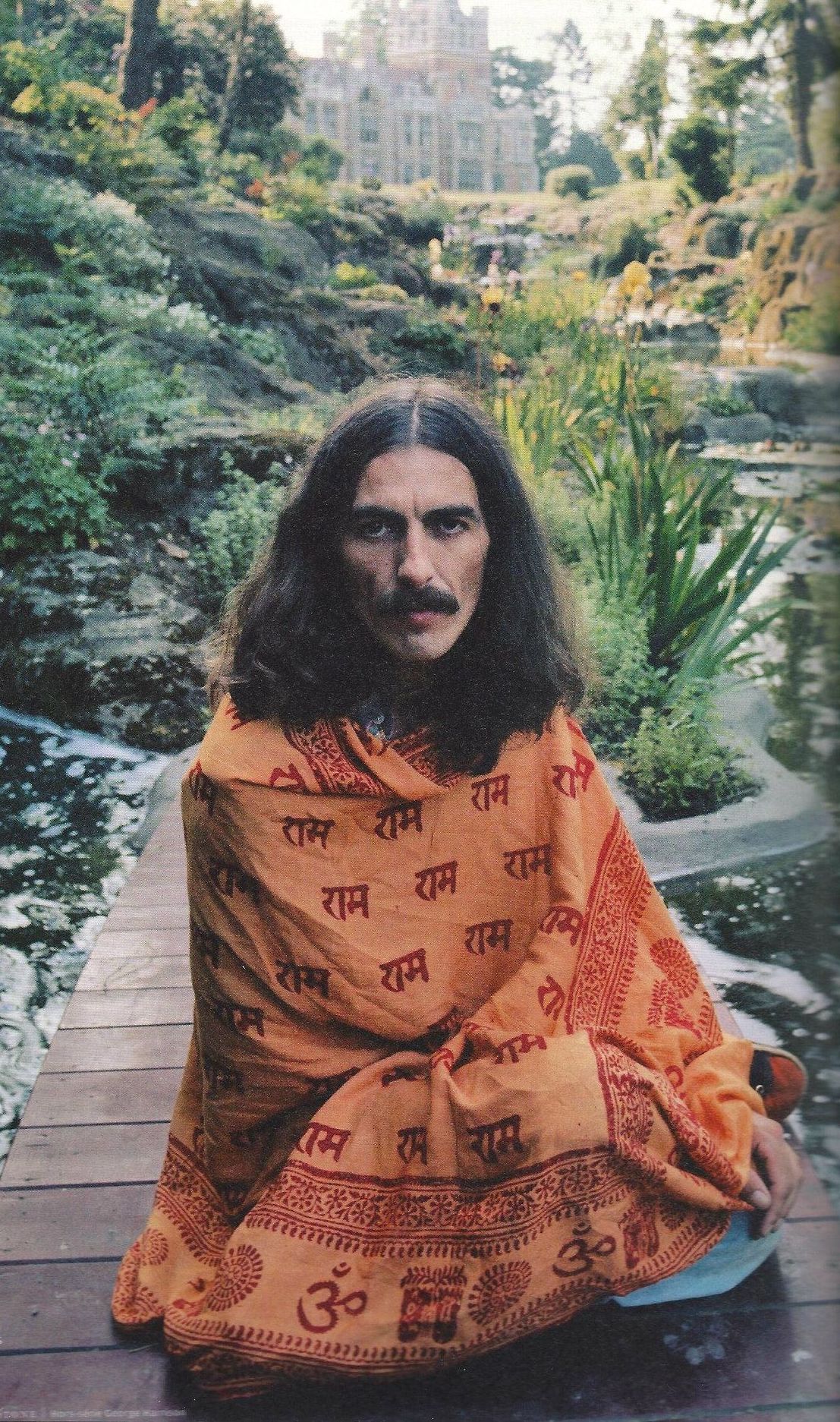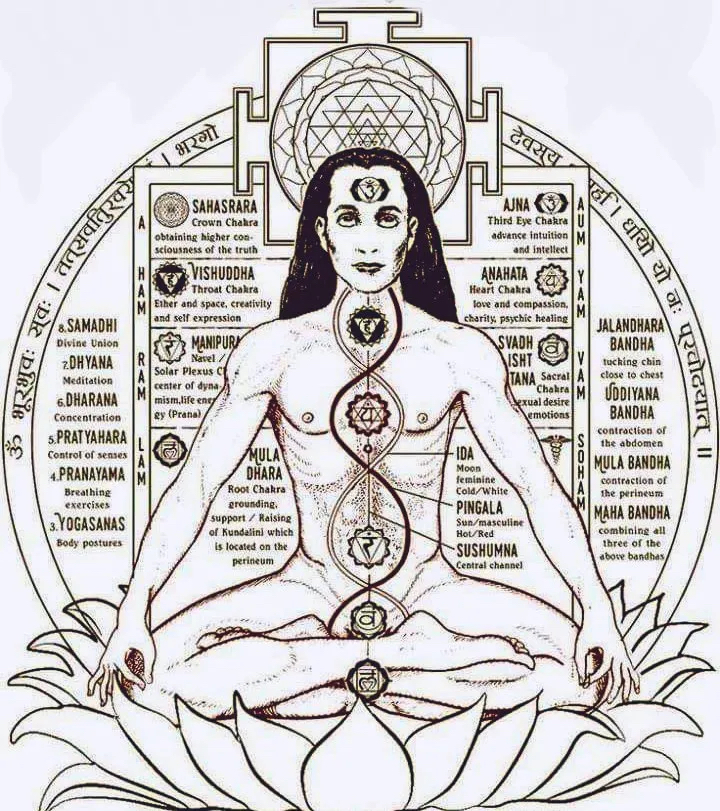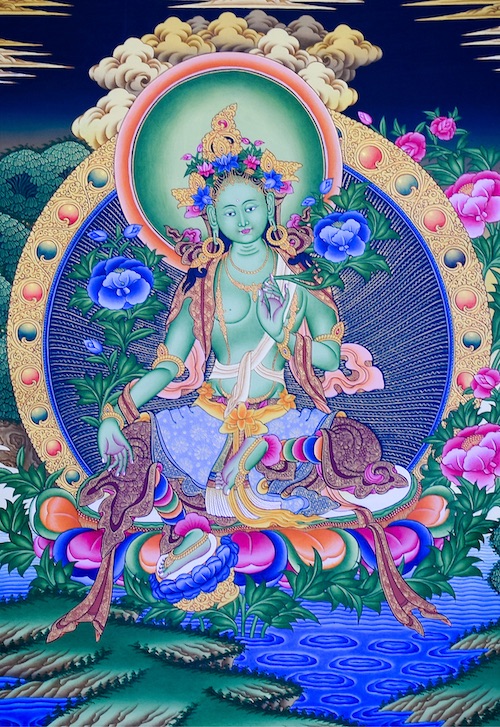In September of this year, I attended a week-long retreat with my meditation teacher, Ryan Kurczak. The group in attendance meditated together for several hours each day, listened to discourses, enjoyed being out in nature at the lovely Laurelville Retreat Center, and had some time to just unplug and unwind from our responsibilities. On Thursday Evening Ryan conducted a beautiful Kriya Yoga Initiation. The entire week was a blessing, and an opportunity to deepen and strengthen our practice.
On Friday Morning, there was to be one final group meditation session before breakfast and the last Q&A of the week. I looked forward to the morning as a sort of summing up and farewell, but didn’t expect anything particularly profound or special. I had it figured that the prior night’s initiation was the highlight of the week, and that we would enjoy our last hours together and be on our way.
We gathered at 7 AM, and Ryan led us through a guided meditation, involving chanting through the chakras. There was nothing unusual about his demeanor, or the atmosphere in the meditation space. It did not seem that there was anything new or unique from what we had done all week.
At some point, as nearly as I can recall, he encouraged us to feel as if our shoulders and head were becoming light. A moment later I felt as if I was floating through a field of blue. My entire field of vision was filled with deep, bright blue, similar to this image.

The light was so intense, that I opened my eyes to see if someone had actually turned the lights on in the room. They had not.
I don’t remember his other words, or much else at all about the meditation from that point forward, except for the experience of feeling weightless, and expansive, and joyful, and filled with light. In my younger years I spent a great deal of time using various intoxicating substances, and not once did I ever feel so high as I did on that Friday Morning.
He eventually coached us back to feeling more grounded in our bodies, the meditation was ended, and we headed to the dining hall for breakfast.
I was still a little disoriented for awhile. I remember trying to describe to my wife what had just happened, and finding it hard to put into words. I was holding the door for some other folks at the dining hall when Ryan arrived, and I remember looking him in the eyes and mumbling “Holy shit, Ryan.” He just chuckled and went on inside.
I wondered if Ryan had somehow planned this experience for the final morning of retreat. I’ve read many accounts of folks’ experiences with their gurus where this sort of thing happened. A touch on the forehead and they’re propelled into indescribable bliss.
It was so intense that I remember thinking that this must be the sort of thing that sometimes prompts people to toss their discretion out the window and follow a teacher or guru into unhealthy or cultish situations.
For Q&A that day, I asked about the experience. I mentioned that it had been almost terrifyingly profound, and asked if he knew this was going to happen, or if it’s something that he had “done to us” intentionally. He replied that he didn’t plan anything, that sometimes things just happen. He did not attempt to take credit for the experience, or claim any special powers or such. It’s just the sort of thing that can happen with regular practice.
He did encourage us to make note when we have an experience like this, so that we can remember it and use it as inspiration to continue on the path.
Since returning from retreat, I’ve not experienced anything quite so intense, but I’ll keep practicing. That Friday Morning gave me a glimpse into the great unknown, and I believe that I’d like to have a closer look.

 When we sit to meditate, we attempt to still the fluctuations of the mind. Sometimes we do this by placing our attention on an object of meditation, which can be a physical object like a candle flame or murti, or something more subtle, like a mantra or even our own patterns of breathing.
When we sit to meditate, we attempt to still the fluctuations of the mind. Sometimes we do this by placing our attention on an object of meditation, which can be a physical object like a candle flame or murti, or something more subtle, like a mantra or even our own patterns of breathing.

 The Ongoing Presence of Neem Karoli Baba
The Ongoing Presence of Neem Karoli Baba Plant based meats have come a long way over the past few years, from the mushy crumbles of yore to something that truly approximates the texture and flavor of beef.
Plant based meats have come a long way over the past few years, from the mushy crumbles of yore to something that truly approximates the texture and flavor of beef.
 Recently I completed a course of study on
Recently I completed a course of study on  What Is Japa?
What Is Japa? Nearly every morning I still tune in to
Nearly every morning I still tune in to